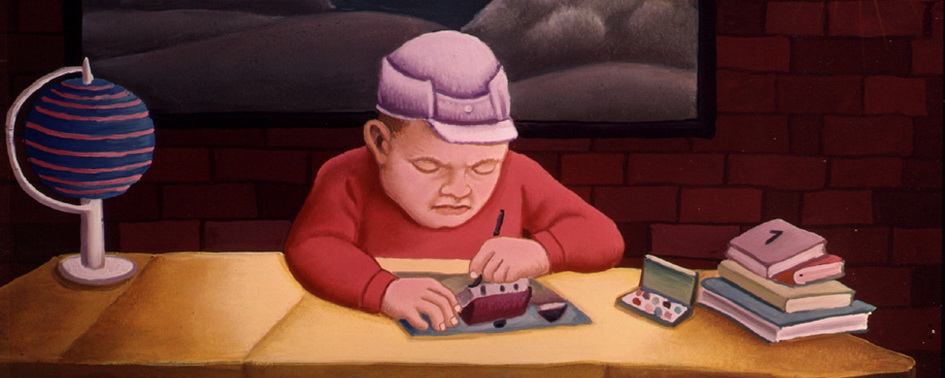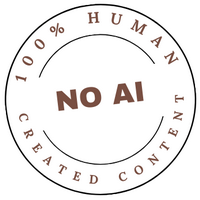Technique
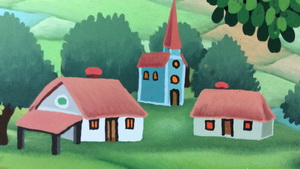 Q: What is oil on glass painting?
Q: What is oil on glass painting?
A: Reverse painting on glass is the most popular painting technique in Croatian naive art, beside painting on canvas and sometimes wood.
It’s an art form consisting of applying paint to a piece of glass and then viewing the image by turning the glass over and looking through the glass at the image.
A popular term in Europe in Germany is Hinterglasmalerei.
- More about this technique: https://en.wikipedia.org/wiki/Reverse_glass_painting
o
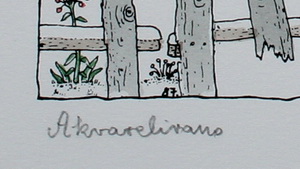
- (HR) Što je akvarelirana serigrafija/grafika/svilotisak?
- Svaka serigrafija (svilotisak, sitotisak ili kolokvijalno “grafika”) otisnuta je crno-bijelo (u većini slučajeva samo crtež; u nekim slučajevima mogu biti otisnute i određene boje), a zatim ju je autor ručno oslikavao akvarelom. Takvo djelo je jedinstveno jer je boja nanošena rukom. Umjetnička djela mogu biti slična – isti motiv sa sličnim bojama – ali ne mogu biti potpuno ista jer su oslikana kistom i rukom.
- Ovo nisu serigrafije otisnute u punoj boji, koje su sve identične i numerirane.
- Više o ovoj tehnici: http://en.wikipedia.org/wiki/Screen_printing
- (EN) What is watercoloured serigraphy/graphic?
- Each serigraphy (silkscreen or screen print) was printed in black and white (drawing only in most cases; in some cases, certain colours may be printed as well) and then manually watercolored by the author. Such work is thus unique because it was coloured by hand. Artworks may be similar (same art with similar colours) but they simply can’t be exactly the same because they were coloured by brush and by hand.
- These are not serigraphies printed in full colour (all are the same) and numbered.
- More about this technique: http://en.wikipedia.org/wiki/Screen_printing
o
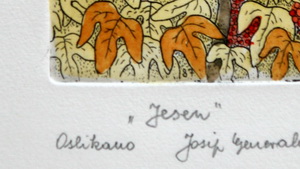
- (HR) Što je akvarelirani bakropis?
- Svaki bakropis otisnut je crno-bijelo (samo crtež) s bakrene ploče, a zatim ga je autor ručno oslikavao akvarelom. Time je svako djelo jedinstveno jer je boja nanošena ručno. Djela mogu biti slična – isti crtež sa sličnim bojama – ali ne mogu biti identična jer su oslikana kistom i rukom.
- Ova tehnika razlikuje se od ostalih grafika po rubu koji se može vidjeti i osjetiti.
- Više o ovoj tehnici na: http://en.wikipedia.org/wiki/Etching
- (EN) What is watercoloured etching?
- Each etching was printed in black and white (drawing only) from a copper plate and then manually watercolored by the author. It is thus unique because it was coloured by hand. Artworks may be similar – same drawing with similar colours – but they simply can’t be identical because they were coloured by brush and by hand.
- This technique distinguishes it from other prints by having an edge you can see and feel.
- More about this technique: http://en.wikipedia.org/wiki/Etching
o
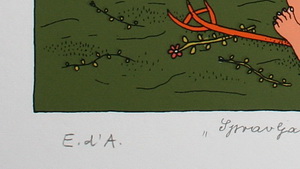
- (HR) Što je serigrafija u boji?
- Svaka serigrafija (svilotisak ili sitotisak) otisnuta je u boji i numerirana ili označena oznakom “E.d’A.” ili “Autorski primjerak”.
- Svi otisci su potpuno isti, jedina razlika je oznaka odnosno broj.
- Više o ovoj tehnici: http://en.wikipedia.org/wiki/Screen_printing
- (EN) What is serigraphy in colour?
- Each serigraphy (silkscreen or screen print) was printed in colour and numbered or marked with “E.d’A.” or “Autorski primjerak”
- All prints are completely identical, the only difference is the mark or the number.
- More about this technique: http://en.wikipedia.org/wiki/Screen_printing
o
Q: What is photolithography?
A: Each photolithography was printed in colour and numbered.
- More about this technique: https://en.wikipedia.org/wiki/Photolithography
Q: What is “E. d’A” or “Autorski primjerak” instead of numbering?
A: E.d’A or Épreuve d’artiste, is the French word version for artist proof. Usually, an artist receives or keeps 10-15% of an edition for his own use. These impressions are called artist’s proofs (AP, A.P., épreuve d’artiste) and are in addition to the numbered edition.
- More about this (see Numbering): http://en.wikipedia.org/wiki/Edition
o
